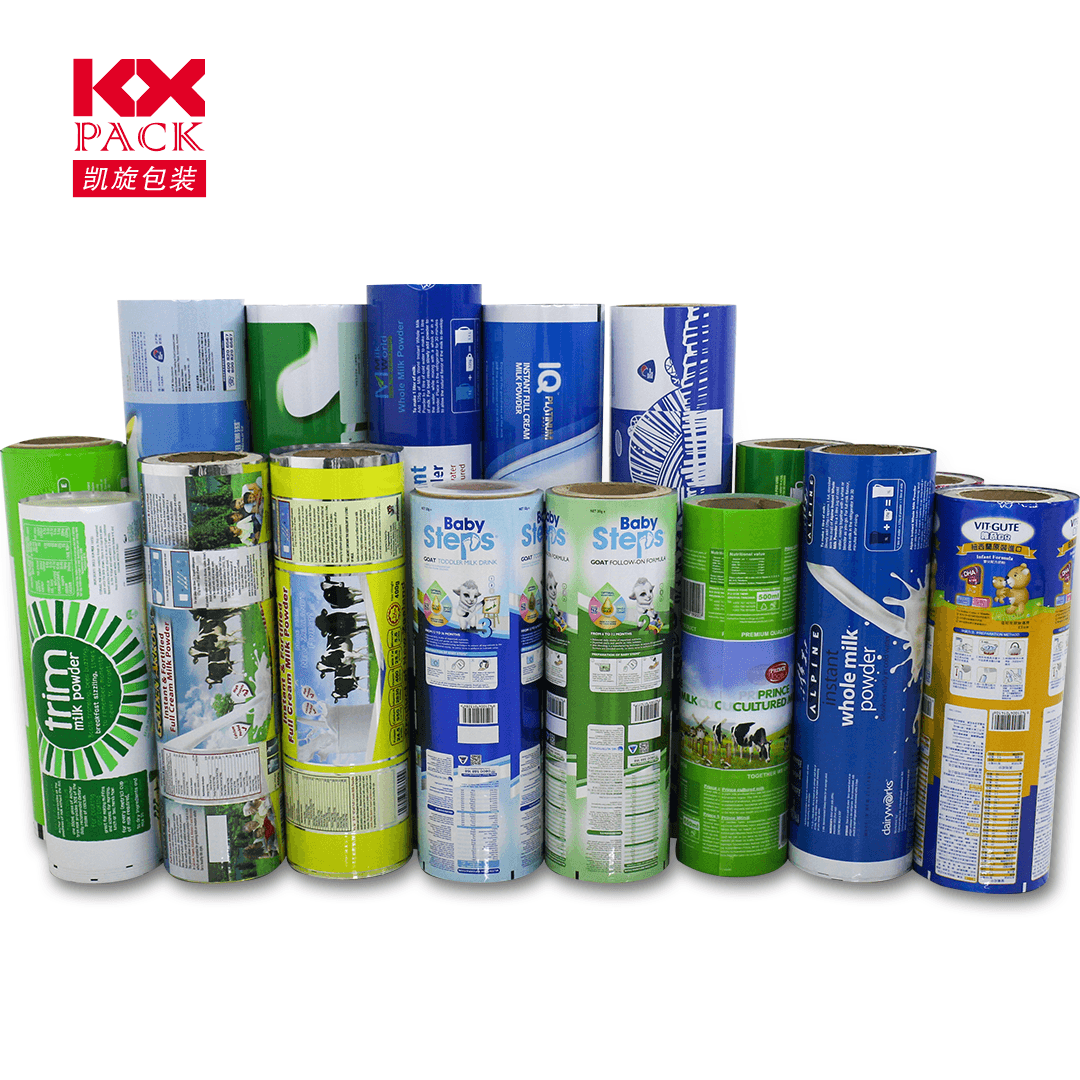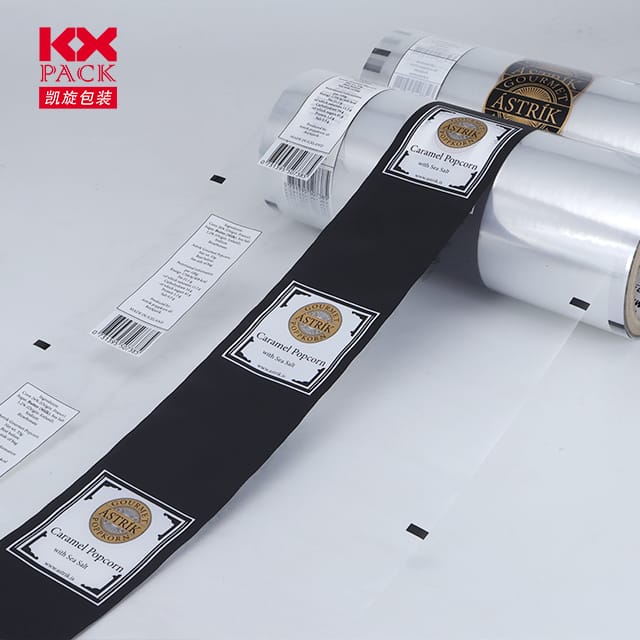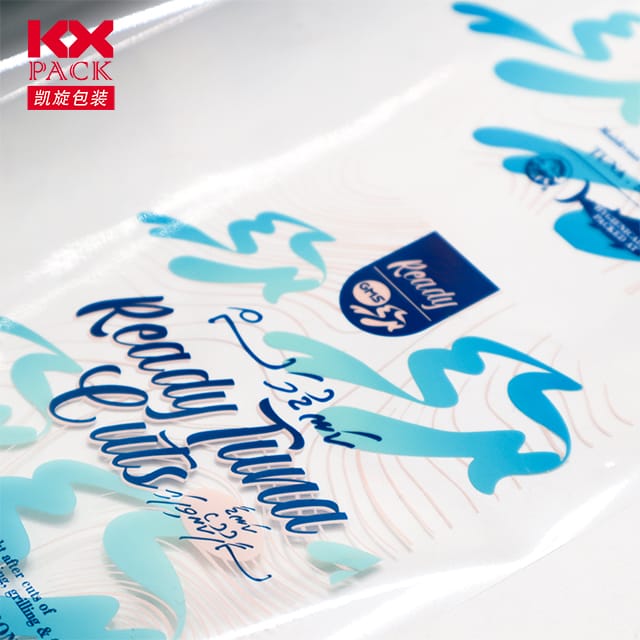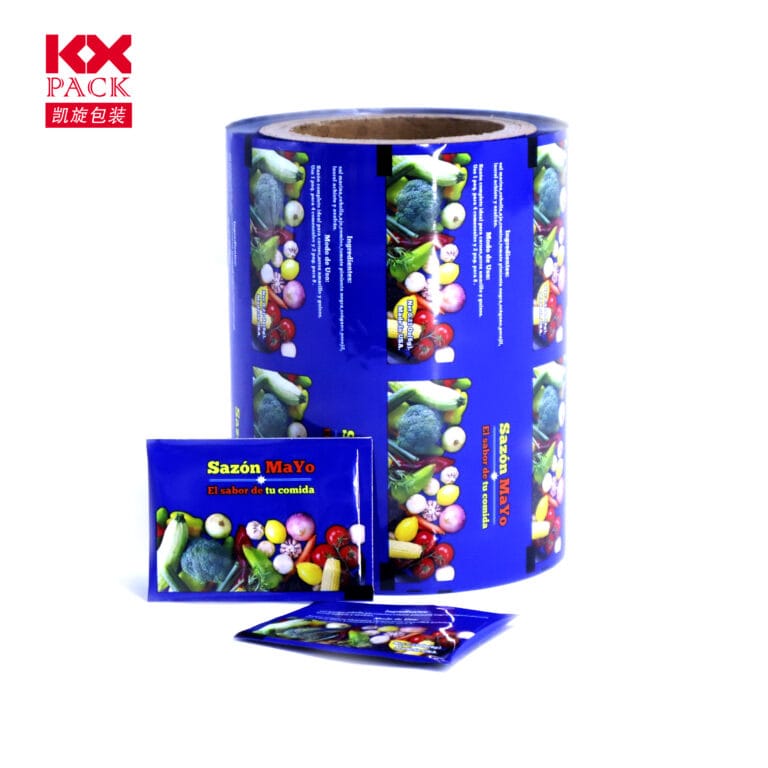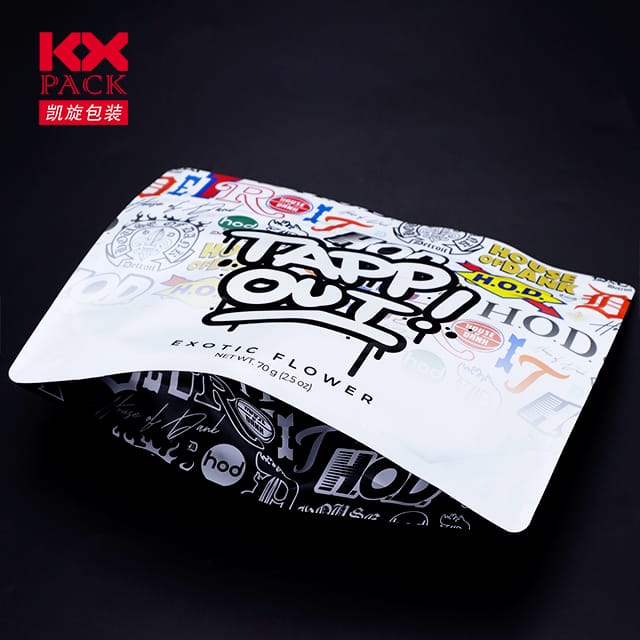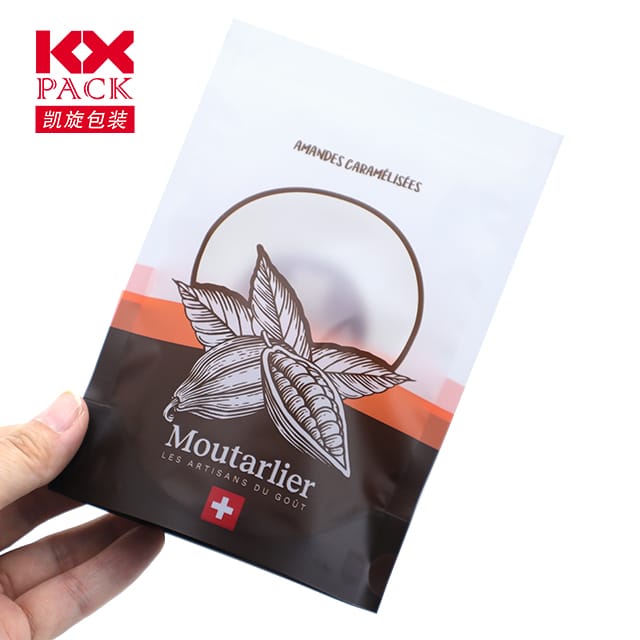Ostateczny przewodnik po filmie o owijaniu żywności: Typy, Zastosowania, i ekologiczne alternatywy (4)
Folia do pakowania żywności
Czy pakujesz resztki, Przygotowanie posiłków, lub utrzymywanie świeżych przekąsek, Film z owijaniem jedzenia (Znany również jako film Cling, Plastikowe opakowanie, lub Saran Wrap) to podstawa kuchenna. Ale z rosnącymi obawami dotyczącymi odpadów z tworzyw sztucznych i bezpieczeństwa chemicznego, Jak wybrać odpowiednią opcję dla swoich potrzeb, minimalizując szkodę środowiskową? Let’s dive into the world of food wrapping films, from traditional choices to sustainable swaps.
What Is Food Wrapping Film?
Film z owinięcia jedzenia jest cienki, flexible plastic sheet designed to create an airtight seal around food, zapobieganie psucie, utrata wilgoci, i zanieczyszczenie. It’s commonly used to wrap sandwiches, cover bowls, or store cut fruits and vegetables. While convenient, not all films are created equal—material, grubość, and safety certifications vary widely.
Types of Food Wrapping Film
- PVC (Chlorek poliwinylu) Film
- Profesjonaliści: Przystępny, clingy, and transparent.
- Wady: Contains plasticizers (like phthalates) that may leach into food, especially fatty or acidic items. PVC is also non-recyclable and harmful to the environment.
- PE (Polietylen) Film
- Profesjonaliści: Safer than PVC (BPA- and phthalate-free), microwave-safe, and recyclable in some areas.
- Wady: Less clingy than PVC, so it may require double-wrapping.
- PVDC (Polyvinylidene Chloride) Film
- Profesjonaliści: Excellent barrier against oxygen and moisture, keeping food fresher longer.
- Wady: Rarely used today due to environmental concerns; often replaced by PE or eco-friendly alternatives.
- Biodegradable/Compostable Films
- Wykonane z materiałów pochodzenia roślinnego, takich jak skrobia kukurydziana, cellulose, or sugarcane.
- Profesjonaliści: Breaks down naturally in compost systems, reducing plastic pollution.
- Wady: Often pricier and may not cling as well as traditional plastics.
How to Choose the Right Film
- Safety First: Opt for PE or plant-based films labeled “food-safe” and free from BPA, ftalany, and PVC.
- Purpose: For long-term storage, choose a thicker film with a strong seal. For quick wraps, a lightweight PE option suffices.
- Zrównoważony rozwój: Prioritize recyclable or compostable brands if possible.
Eco-Friendly Alternatives to Plastic Wrap
Concerned about plastic waste? Try these reusable and sustainable options:
- Pażeń pszczeli: Made from cotton coated in beeswax, these wraps are washable, kompostowalny, and perfect for covering bowls or wrapping cheese.
- Silikonowe pokarmowe pokarmowe pokarmowe: Wytrzymały, hermetyczny, i bezpieczny do zmywarki, silicone lids fit snugly over bowls and containers.
- Szklane pojemniki: Invest in leak-proof glass containers with lids for meal prep and storage.
- Pokrowce tkaniny: Elasticized fabric bowls covers are breathable and machine-washable.
Pro Tips for Using Food Wrapping Film
- Avoid Microwaving Plastic Film: Ciepło może powodować, że chemikalia wypłukuje się w żywność. Use PE film or switch to microwave-safe silicone covers.
- Wrap Food Properly: Press the film tightly against the food’s surface to eliminate air pockets, which speed up spoilage.
- Store in a Cool Place: Heat can weaken the film’s seal and cause it to melt.
Przyszłość owijania żywności
Innovations like edible food films (made from starch or seaweed) and smart packaging that detects spoilage are on the horizon. Tymczasem, brands are increasingly offering recyclable or compostable options to meet consumer demand for sustainability.
Ostateczne myśli
Food wrapping film is a kitchen essential, but choosing the right type matters—for your health and the planet. While traditional plastics offer convenience, eco-friendly alternatives like beeswax wraps and silicone covers provide a greener, reusable solution.
What’s your go-to method for keeping food fresh? Share your tips or favorite sustainable swaps in the comments below! 🌱🍴

